Personally, Kubo and the Two Strings is our most anticipated movie of the year. We’re big fans of stop animation, the Shimasen (that 3-stringed instrument synonymous with Japanese music) and Japan, in theory this film combines three massive elements that we love in entertainment. If you’ve seen any of our historical twitter stream you’ll see elements of those three things all over the place. I took off my ‘me’ hat, put on the ‘reviewer’ hat and took a friend to see Kubo and the Two Strings, just to double check my thoughts on the film.
Kubo is the story of a young Japanese boy who lives with his mother in a rock cave far away from the nearest village. He knows that he’s special because his mother tells him so. Don’t all mothers? But Kubo can also animate paper to the point to where he tells stories with his previously unfolded figures coming to life. As Kubo and the Two Strings progresses we learn that he must find a series of magical artifacts in order to defeat a ghost who is threatening his village.
At the end of the film, still wearing my ‘reviewer’ hat, it became clear that The Nightmare Before Christmas was no longer the best stop animation movie. Even casual movie fans, say those who like animated movies from PIXAR will recognize that what they’ve seen is something special. There is a tactile element in Kubo that’s missing from today’s family movies. Sure they’re entertaining, pretty to look at and funny, but there is just something missing.
Part of that something can be encompassed by the feeling that an anime film provides. There are blank spaces, lots of pauses where they are needed in order to give the film a chance to breathe. That also allows the audience to marvel at the layers, think about the creative people behind the film and appreciate it. However, we keenly realize the anime is not everyone’s cup of tea, nor is stop animation.
‘Kubo and The Two Strings’ in Dolby Cinema from Dolby Laboratories on Vimeo.
However, the stop animation used in Kubo is not what you’re used to. The film employs a number of techniques including green screen, physical puppets of varying size, digital animation and of course stop animation. In the end the result is seamless and you can’t tell what’s a puppet to what is clay to what might be digital.
You do not see a film just because it’s pretty though, and you shouldn’t. Kubo has heart and is an action based story, with really strong, funny characters and a script that compliments each vocal actor. Matthew McConaughey as Beetle has most of the funny elements as the ronin who is searching for a quest. Monkey, done by Charlize Theron is strong, subdued when needed and the core storyteller for a period of the film. Art Parkinson is the voice of Kubo. He’s a 15 year old kid, who is being chased by monsters and dealing with various situations of loss. Parkinson does it while sounding real, relatable and not whining, that for us was remarkable.
Kubo and the Two Strings is fabulous and the best one that Laika Entertainment has released. It’s easily the best movie we’ve seen this year, as well as the best one in recent memory-that is still with my ‘reviewer’ hat on too. Kubo has a 94% fresh on Rotten Tomatoes, which assures us that our reviewer hat was on correctly when we saw it.
There are some thematic elements, dealing with life and death consequences that might be too strong for very young kids. Our 6 year old would be OK with Kubo and the Two Strings, but his 4 year old brother wouldn’t. The action gets started early in the film, so you won’t have to worry about restless kids after more than 10 minutes into the movie. Even putting aside my affinity for stop motion animation, Japan and the shimasen, this is easily the best family film of the year. In every category, plot, action and humor that I compared it to, Kubo was easily better. If you’re the type that don’t see a movie just because every critic and their brother like it, this is one that you need to see. It’s the real deal and is as solid a movie as they make em, or don’t make em enough .
Side note: we saw the film in a new Dolby Cinema theater. Its sound and vision is unlike any other theater we’ve been to. The colors are as drastic as the time you first saw HDTV in a home setting and were used to your bulky, 200 pound square box of a television. The sound comes at you from all over the place, not just speakers from the front, rear and sides. There were multiple points in the movie when our seats shook, it was a step away from being a 4D film. We also saw the film in regular 2D and it rocked.
Side note 2: For some great shimasen music check out The Yoshida Brothers or Wagakki Band.

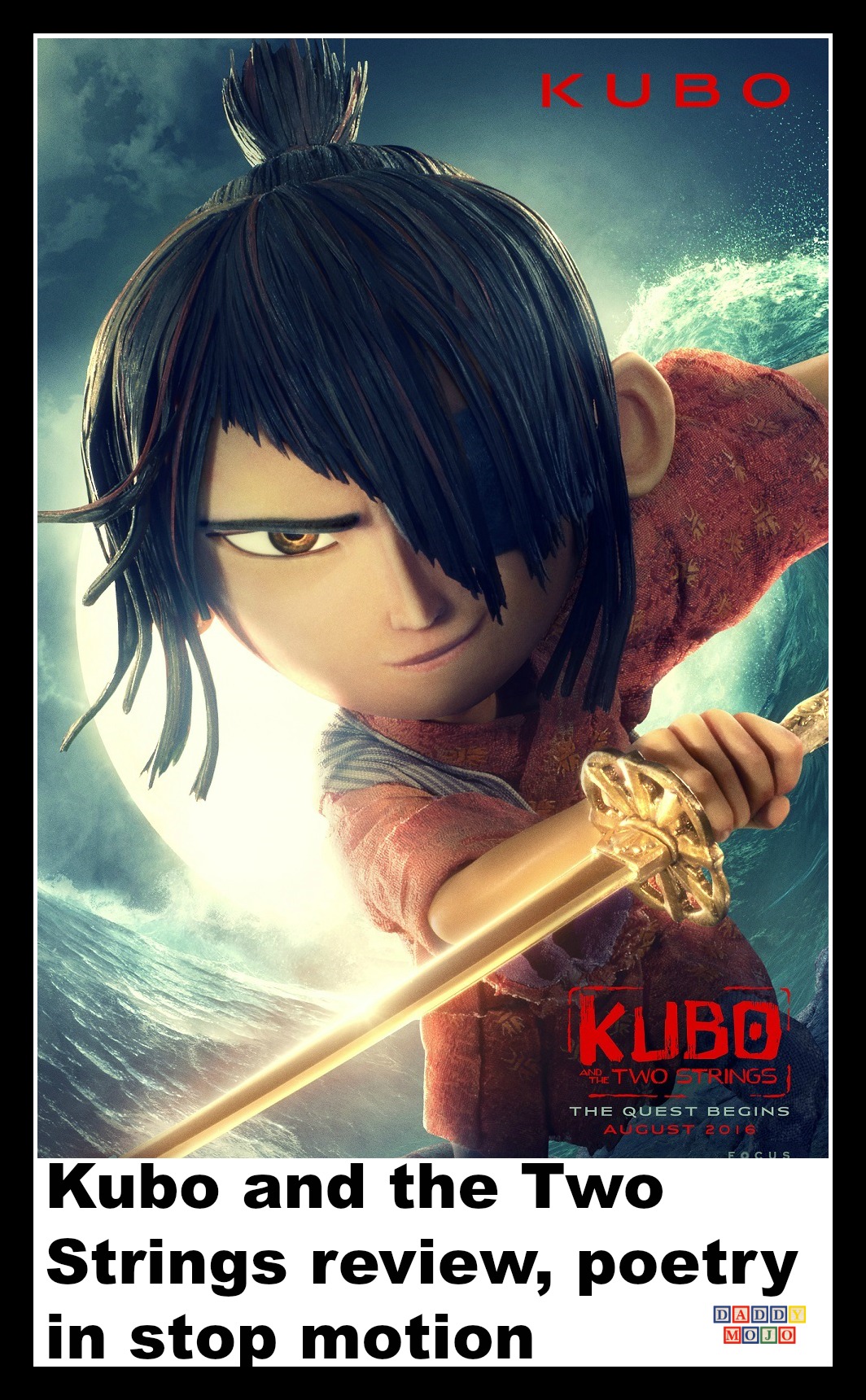
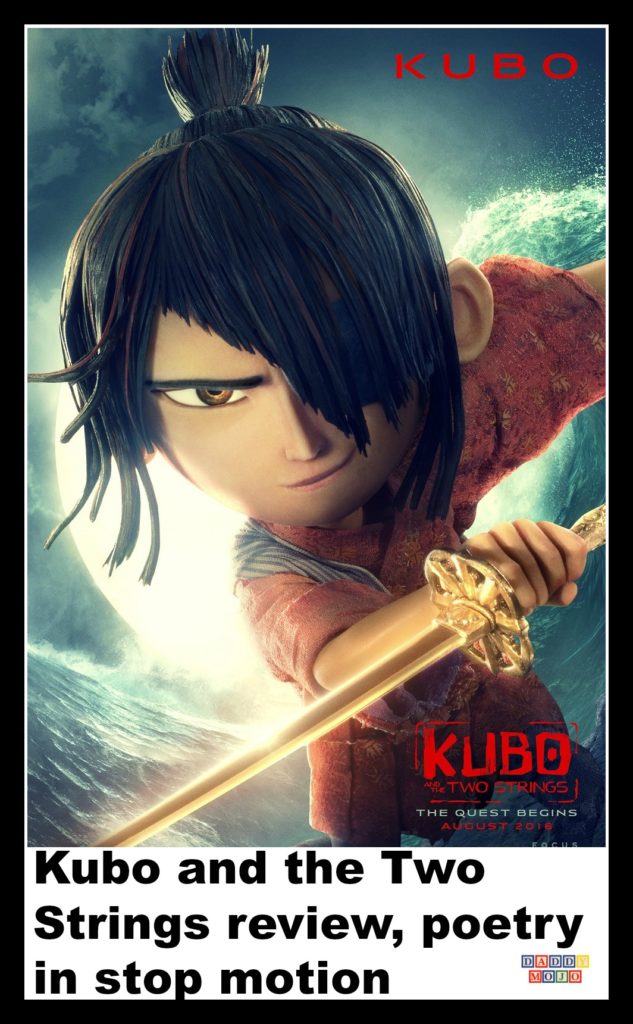
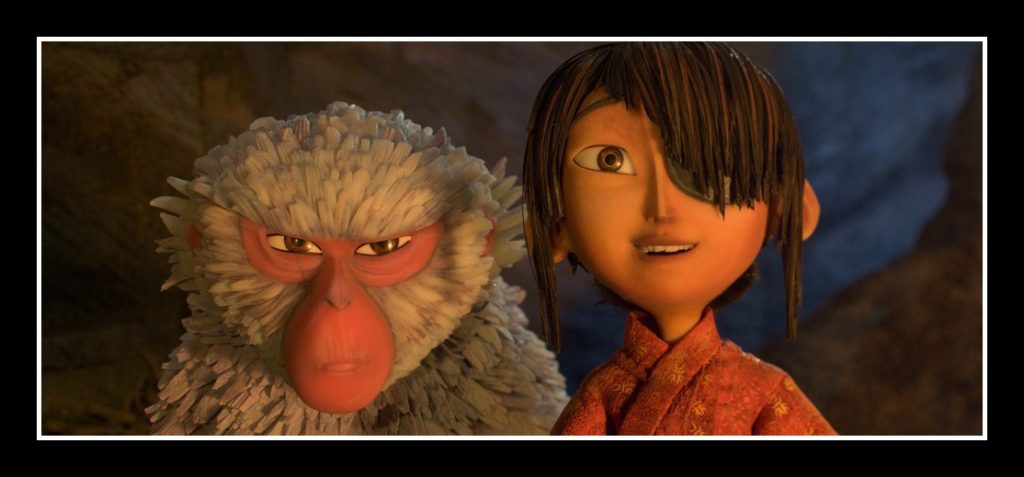
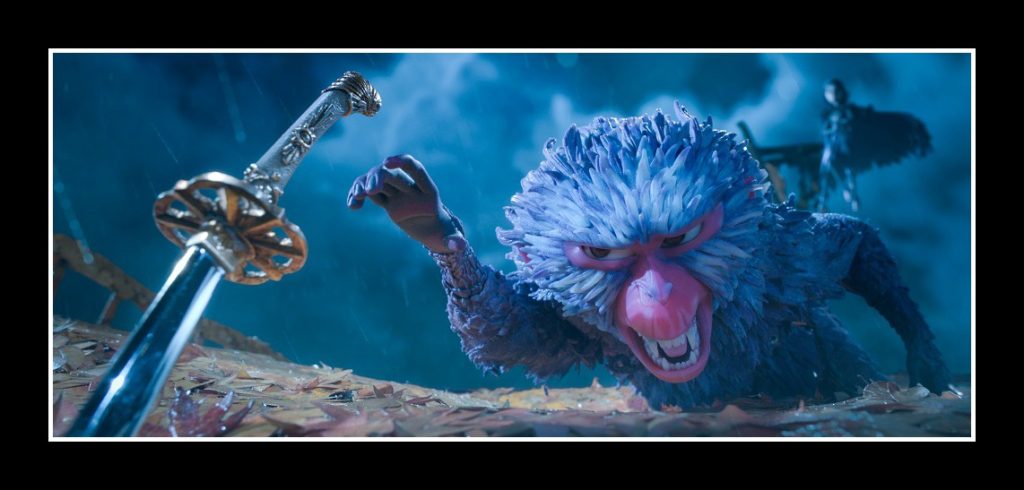
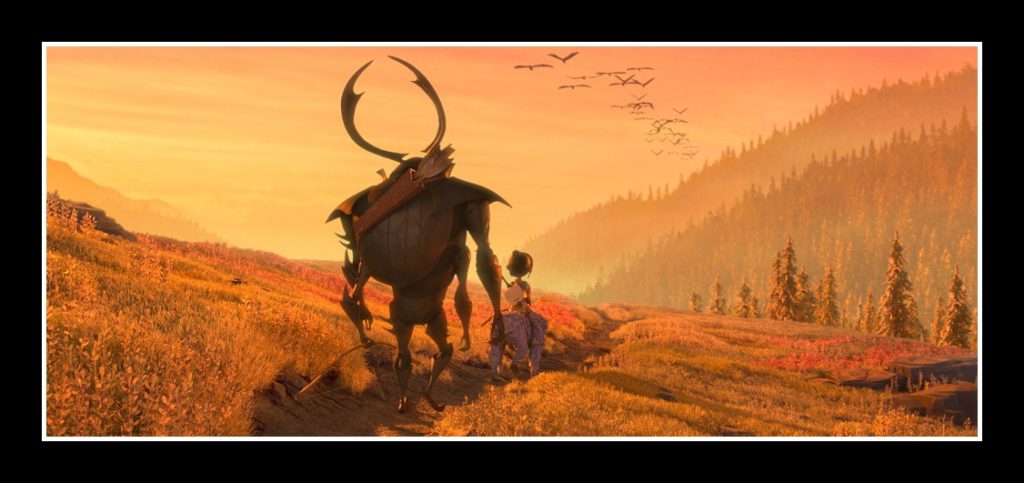



 Facebook
Facebook Twitter
Twitter Flickr
Flickr GooglePlus
GooglePlus Youtube
Youtube